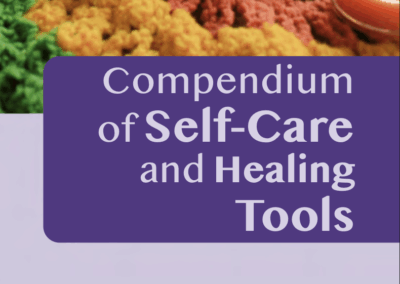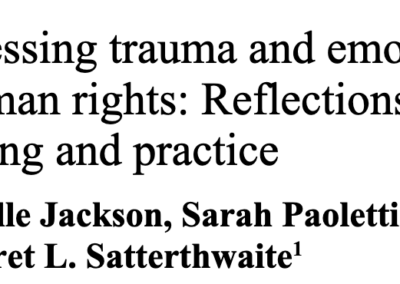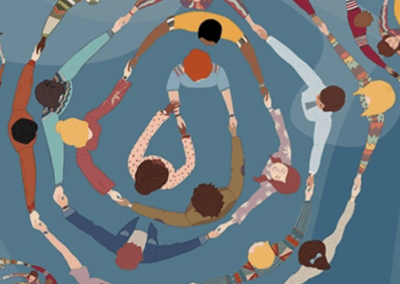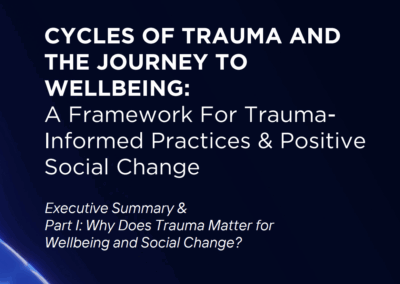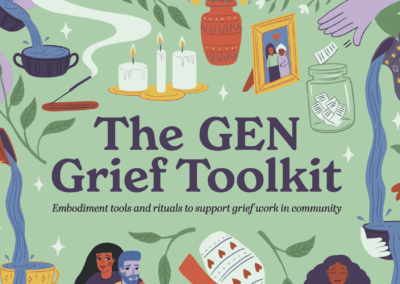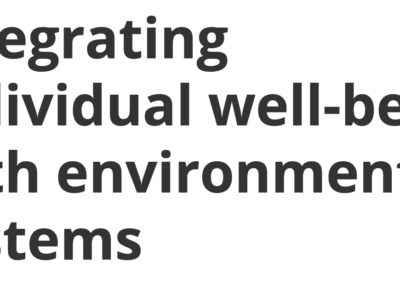Safer Viewing: A Study of Secondary Trauma Mitigation Techniques in Open Source Investigations
Elise Baker, Eric Stover, Rohini Haar, Andrea Lampros, and Alexa Koenig, Health and Human Rights Journal (May 2020)
Human rights investigators often review graphic imagery of potential war crimes and human rights abuses while conducting open source investigations. As a result, they are at risk of developing secondary trauma. In recent years, several university programs offering students practical experience in open source human rights investigations have implemented training on secondary trauma mitigation. The authors administered a survey to students in these programs to determine whether they are implementing recommended mitigation techniques and to document what techniques they find helpful. From 33 responses, six general practices were identified as helping mitigate secondary trauma: processing graphic content, limiting exposure to graphic content, drawing boundaries between personal life and investigations, bringing positivity into investigations, learning from more experienced investigators, and employing a combination of techniques. The paper identifies recommendations for institutions to protect the right to health of investigators and to support secondary trauma mitigation, both through frequent training and through practices such as labeling graphic content and emphasizing self-care.

